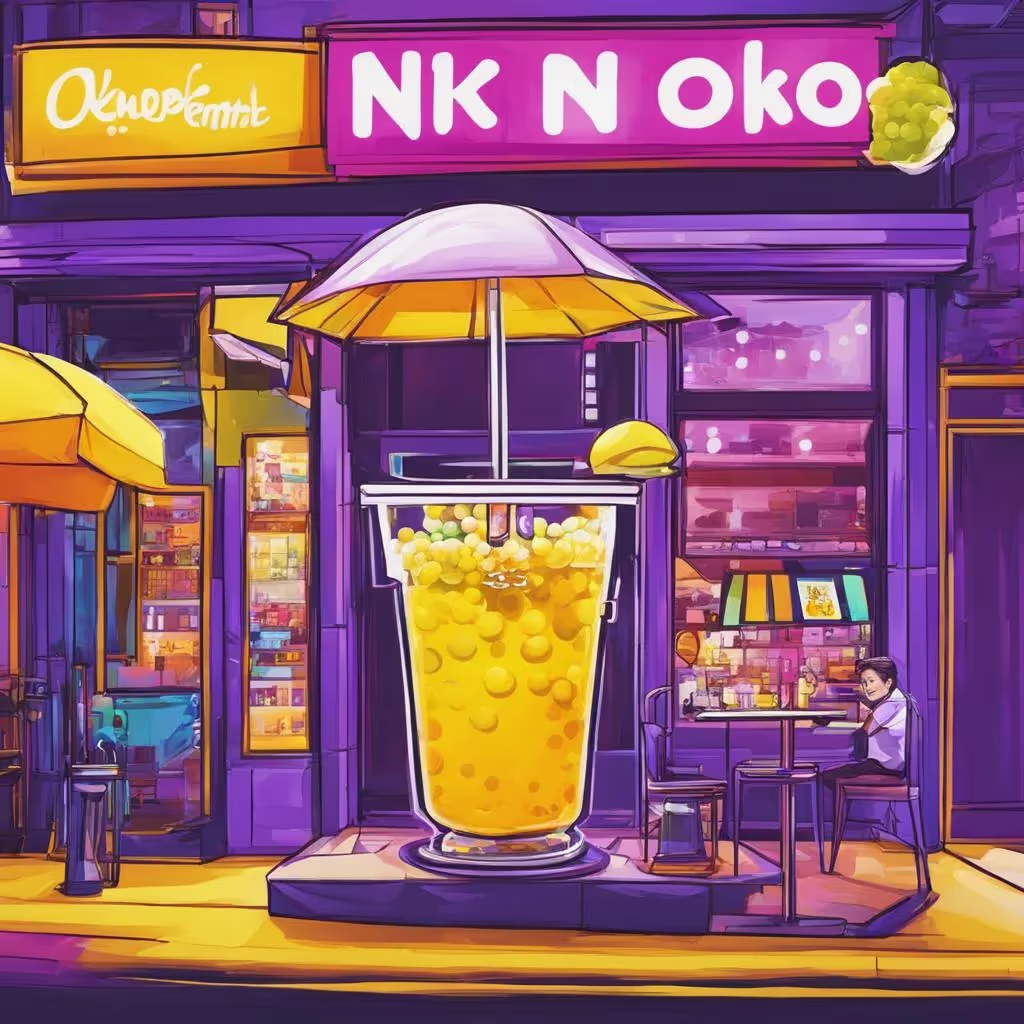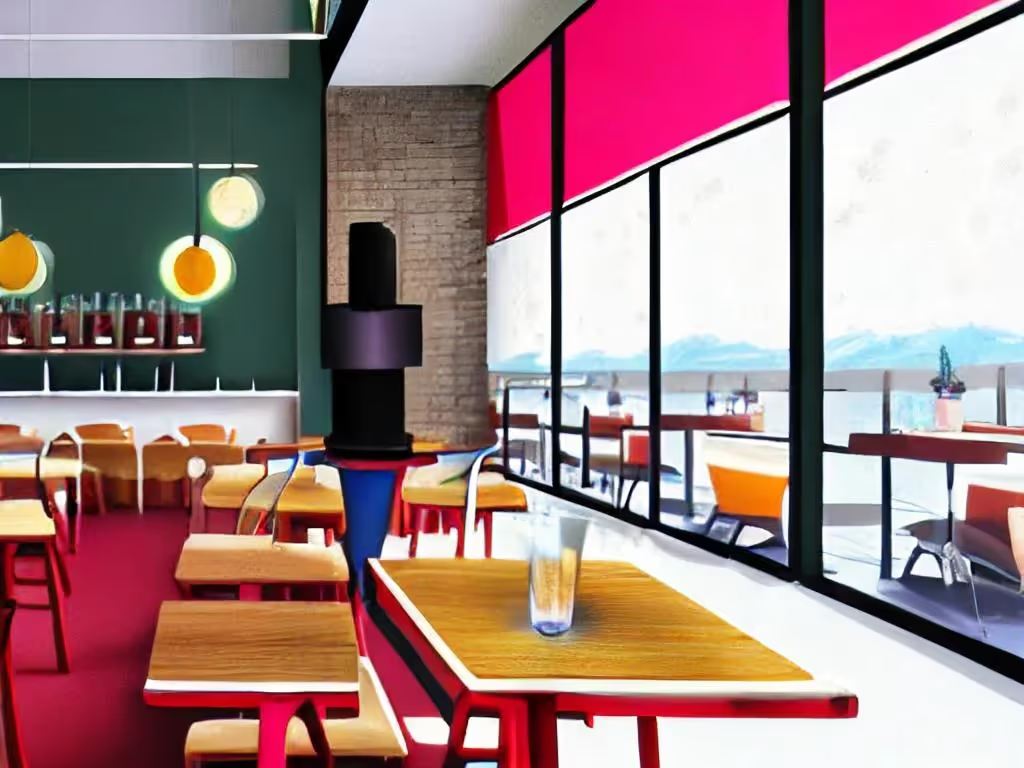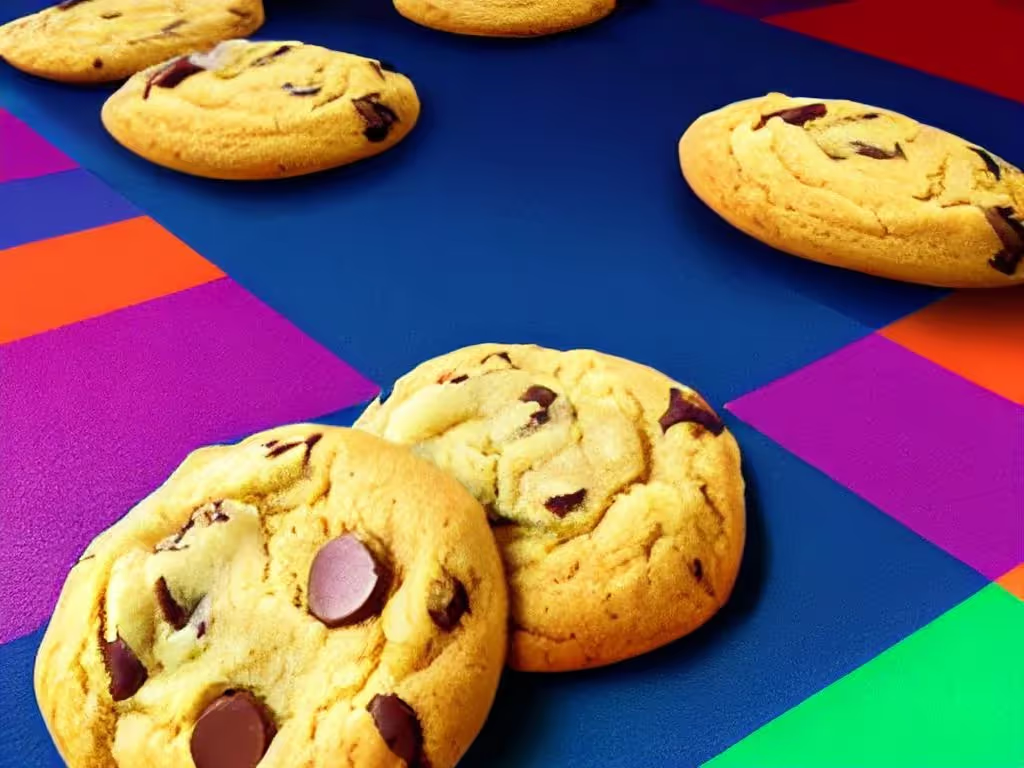Few businesses were hit harder by the COVID-19 pandemic than bars and restaurants, and the bar business especially — where regulars meet after work, where strangers become friends — plummeted. Some pivoted to outdoor and takeout models to stay afloat, while others shuttered and reopened in tune with local mandates. Now, as the country becomes vaccinated and people ache to return to social life, operators are finding creative ways to serve up drinks and cocktails safely.
Today, that means meeting guests where they are, and giving them a range of opportunities to toast what you’re pouring.
“Especially in city centers, people are working from home more often. Downtown restaurants are not as busy during the week. The average restaurant is having a hard time figuring out how big their wine list should be, how many selections to carry, and what other revenue streams they should have — an ad hoc mini liquor store?” says Michael Cherner, president of Prestige-Ledroit Distributing Co., a Washington, DC-based distributor of artisanal wine and spirits. (He also spent more than 15 years working in restaurants.) “The smartest business owners are doing everything they are allowed to do and pivoting where they can.”
We asked Cherner how restaurants and bars can bring back their beverage business, on the barstool and beyond. Read on for his tips.

Give them a reason to come in — and come back
The cocktail and bar scene has historically thrived on business during the week (think after-work happy hours) and social engagement on the weekends. With more people working remotely and keeping social circles smaller, many of those regular rituals are out the door. Restaurants and bars have to be more deliberate about drawing people in.
Special offers and promotions can be effective ways to do that, Cherner explains. Both big and small, local companies are giving away $5 gift cards with the purchase of a $25 one, hoping that the buyer will come in themselves, for example.
He’s also seen a spike in special wine and whisky events, where restaurants pair a special menu with bottles from a single distillery or within a certain theme. For example, Cured restaurant in Columbia, Maryland, which started hosting whisky dinners every month and now draws as many as 80 people in for the night. As distilleries constantly introduce new products, there’s plenty of opportunity to continue the series beyond the pandemic.

Seated dinners introduce another key pandemic-era priority: safety. Restaurants and bars still need to do everything they can to make their guests and staff feel safe and comfortable, from providing extra space between tables and stations to wearing and requiring masks. Some are requiring proof of vaccination to dine or drink. Across all of your marketing channels — website, social media, profile pages — make sure to publicize the safety steps you’re taking so people know what to expect.
When a special or promotion doesn’t cut it, consider a full concept pivot. Cherner works with an operator who ran a wine-centric restaurant and bar for 15 years before transitioning to less formal service with Lulu’s Winegarden, facilitated by digital orders. (Think a beer garden model, with elevated wine and food.) Once spring rolled around, Cherner says, “they crushed it.” People were eager to sit outside, order via a QR code, and have food and drinks brought to their table. The experience was less service-oriented but allowed more time with their companions, which happened to be exactly what people were looking for.
While historically people have relied on word-of-mouth recommendations from colleagues and neighbors to discover new watering holes, marketing looks different during a pandemic. Social media is critical for connecting with potential customers, Cherner says. Join restaurant associations and contact convention bureaus that are planning ahead. Finally, bring people in with interesting selections, not discounts.
“It’s more about the scarcity of product availability and special events, and promoting those in ways that get people excited,” says Cherner. “It’s about giving people a reason to come back regularly, whether that’s every month to pick up a cocktail kit from the bar, or for a first Friday. Those are things people can do to build momentum.”
Bring the best bar experience home
Many restaurants that never dreamed of offering carryout and delivery have started both during COVID with huge success. With upscale takeout and fine dining meal kits, people have access to some of the best ingredients available: Wagyu steaks, sashimi-grade tuna, and even spirits.
“Now, convenience includes more of the quality aspect,” says Cherner. “When people are ordering to go, they’re thinking about where they spend their dollars. They’re ordering from local restaurateur-driven concepts as opposed to national chains.”
In the bar scene, people who used to enjoy hitting cocktail bars on evenings and weekends are now mixing drinks at home, so cordials, syrups, and bitters are in demand. Many bars have seen more sales in their cocktail books, as well as online events, including tastings.

“Instead of only appealing to those people who can get to the event, they can pull people from anywhere in the country or around the globe,” Cherner explains. He points to Erik Segelbaum, a wine educator at the Smithsonian, who hosts virtual classes and sends out kits for wine tastings. “We’re seeing more of that for cocktails as well.”
At-home cocktails give bars and restaurants an opportunity to break into the retail space in other ways, too. Take, for example, Jeff “Beachbum” Berry, a cocktail expert who’s authored seven books and runs the restaurant Beachbum Berry’s Latitude 29 in New Orleans. This year, he partnered with Hamilton Rum to launch Hamilton Rum’s Beachbum Berry’s Zombie Blend, a rum blend that makes it easy for people to mix the classic Zombie cocktail themselves.
“It gives people at home the opportunity to play bartender more,” says Cherner. “People want to make things correctly and taste them the way they’re designed to be made.”


.webp)


.webp)
.png)
.webp)

.avif)
.webp)
.webp)
.webp)

.webp)







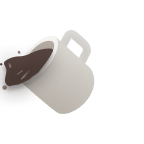


.png)
.png)







.svg)
.avif)




.svg)
.svg)


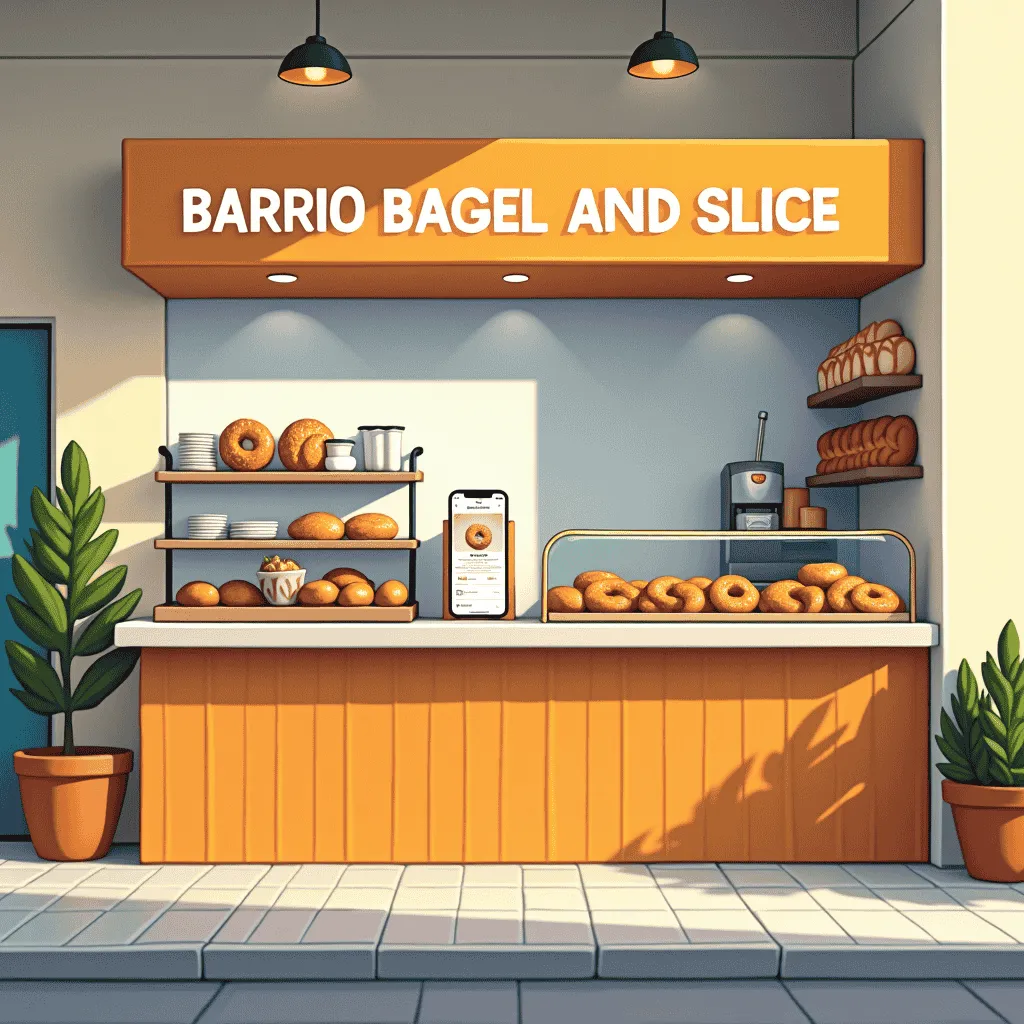

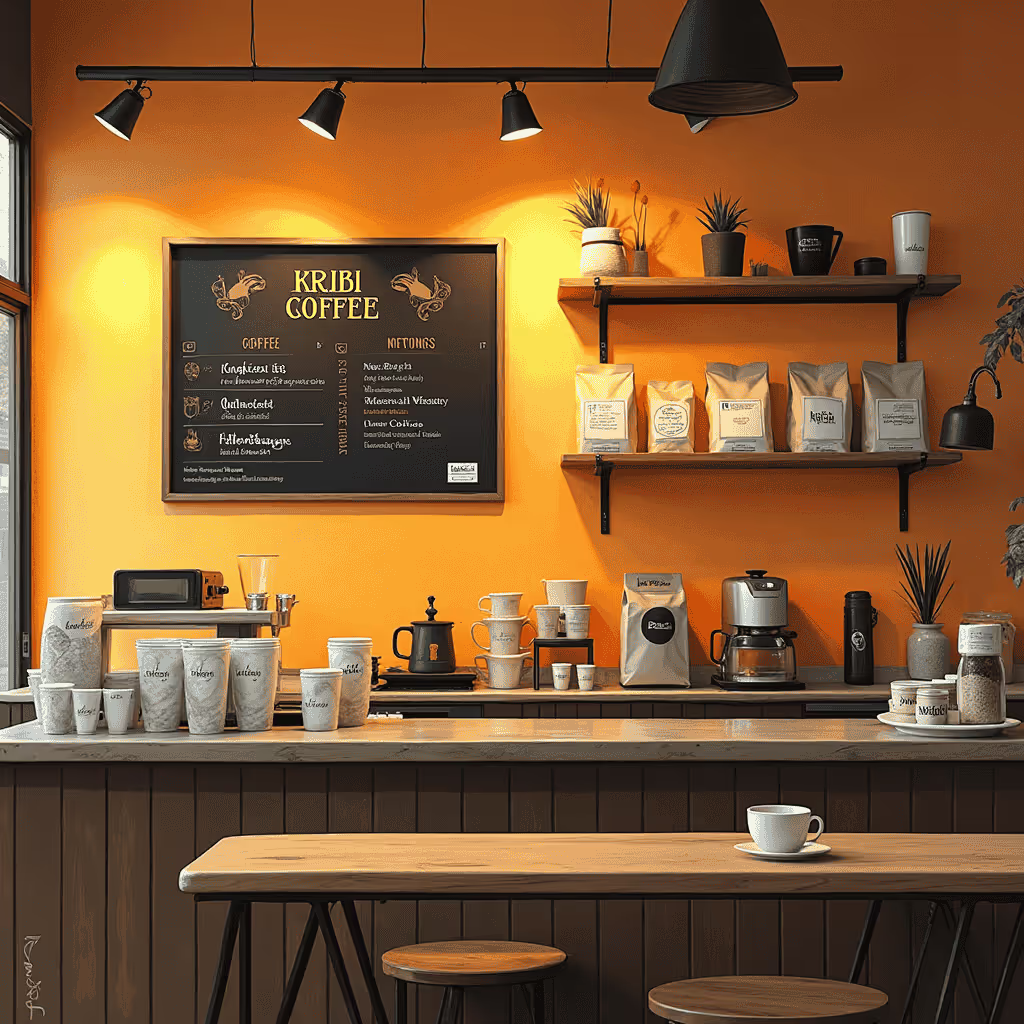
.avif)



.avif)
.avif)

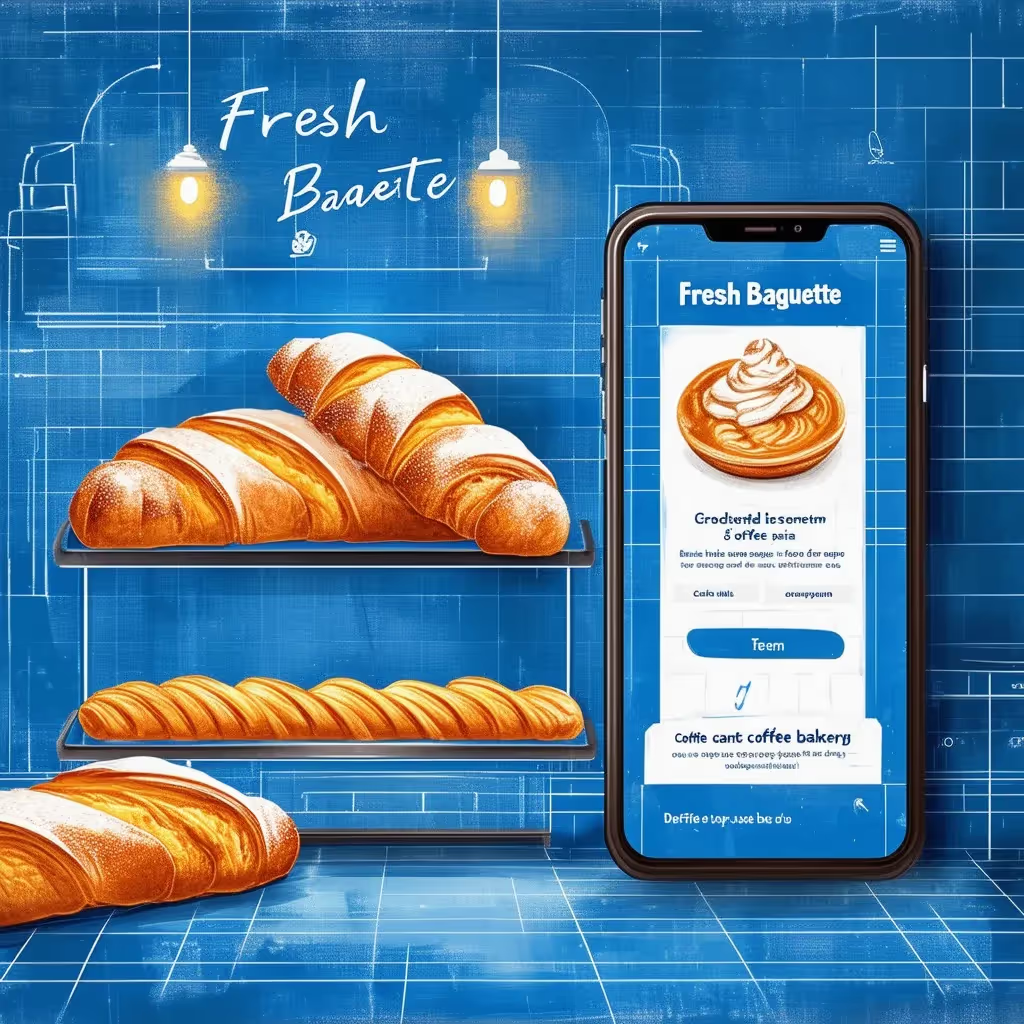
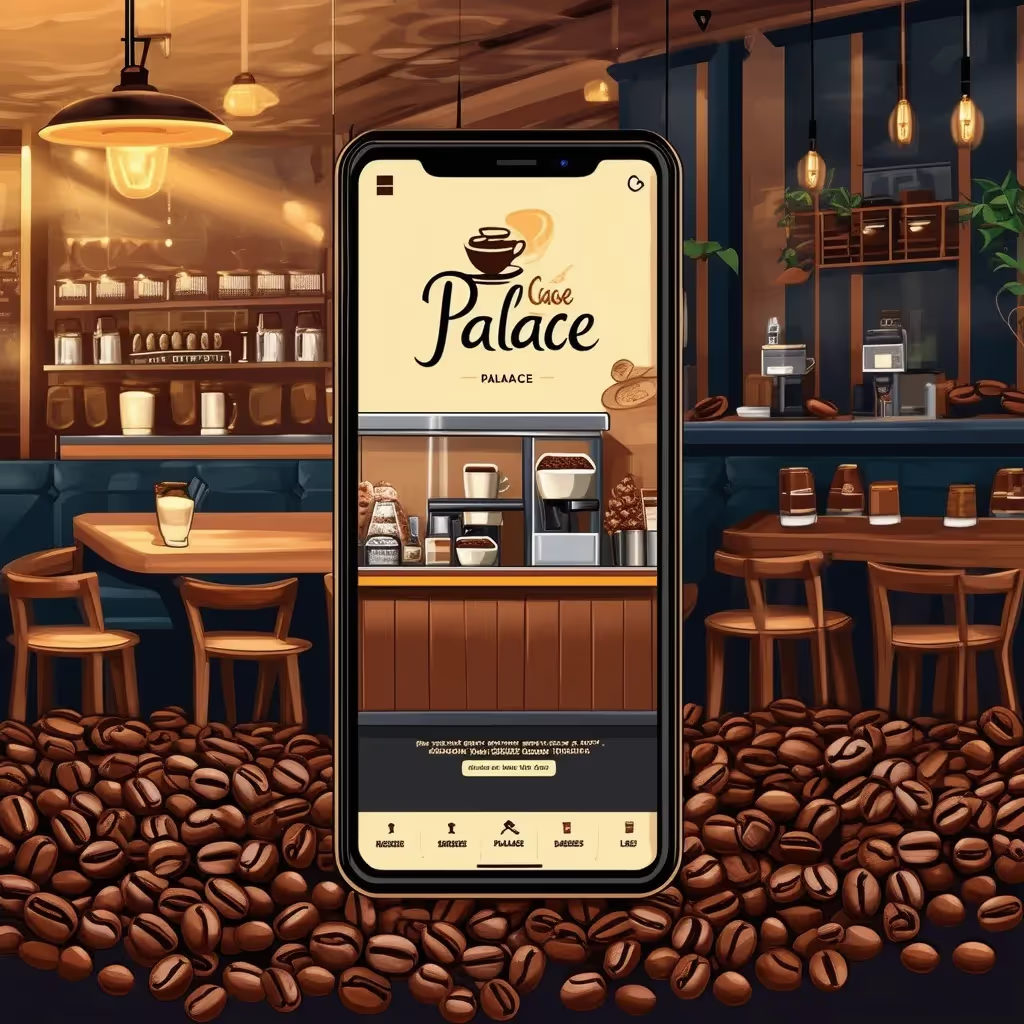

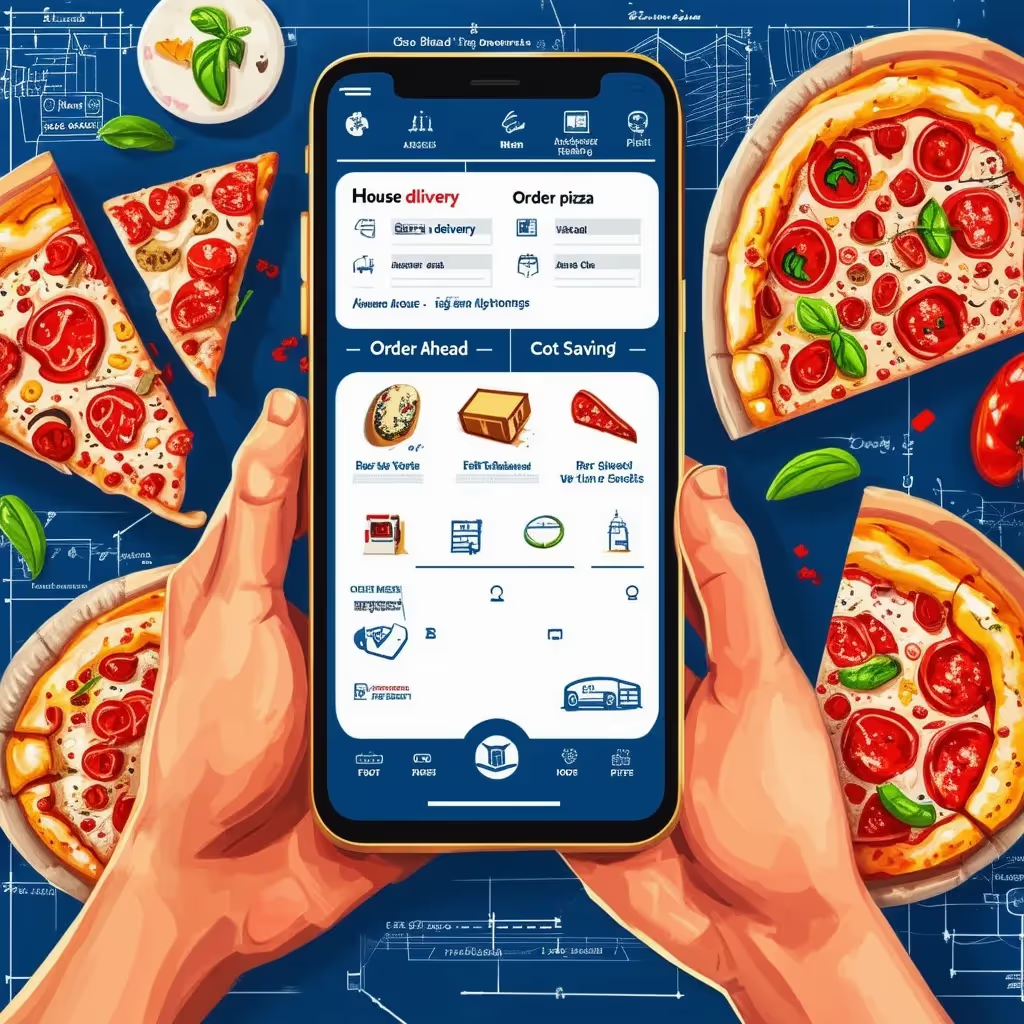




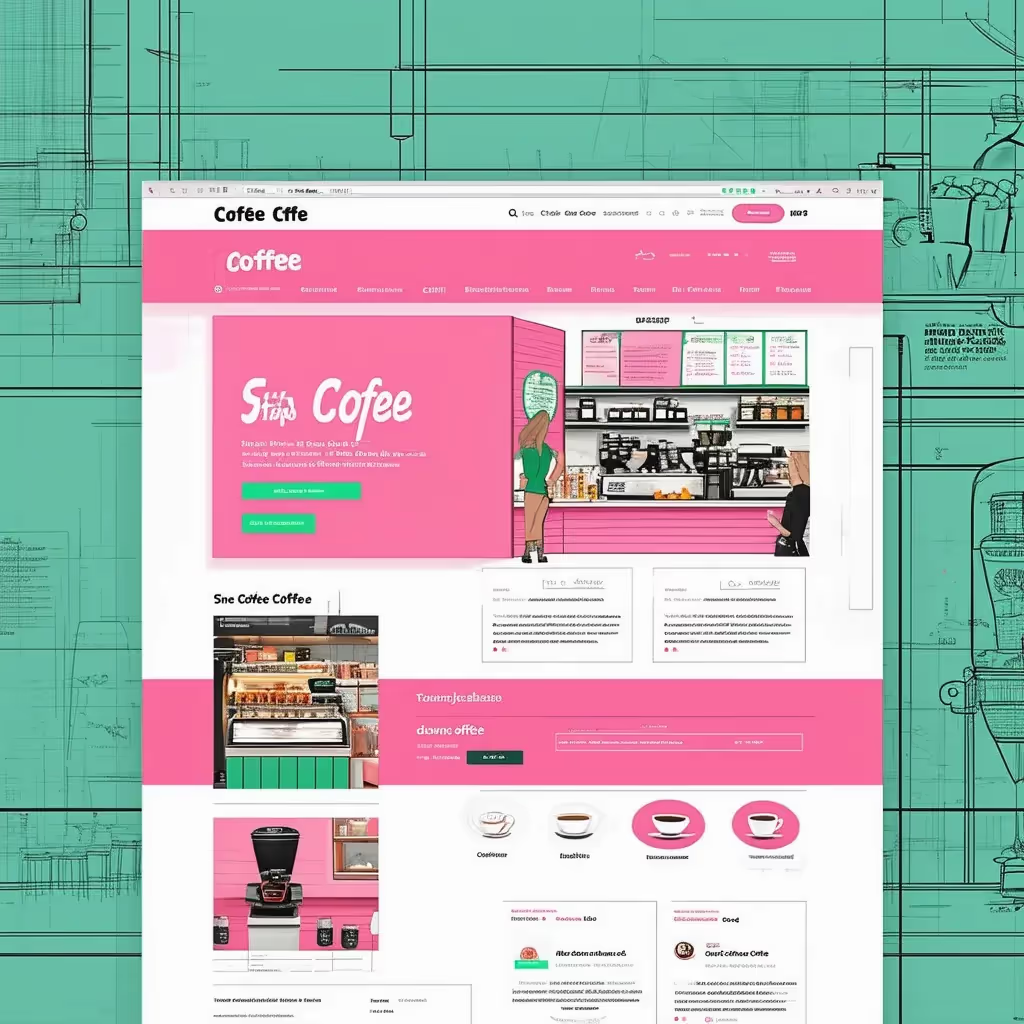
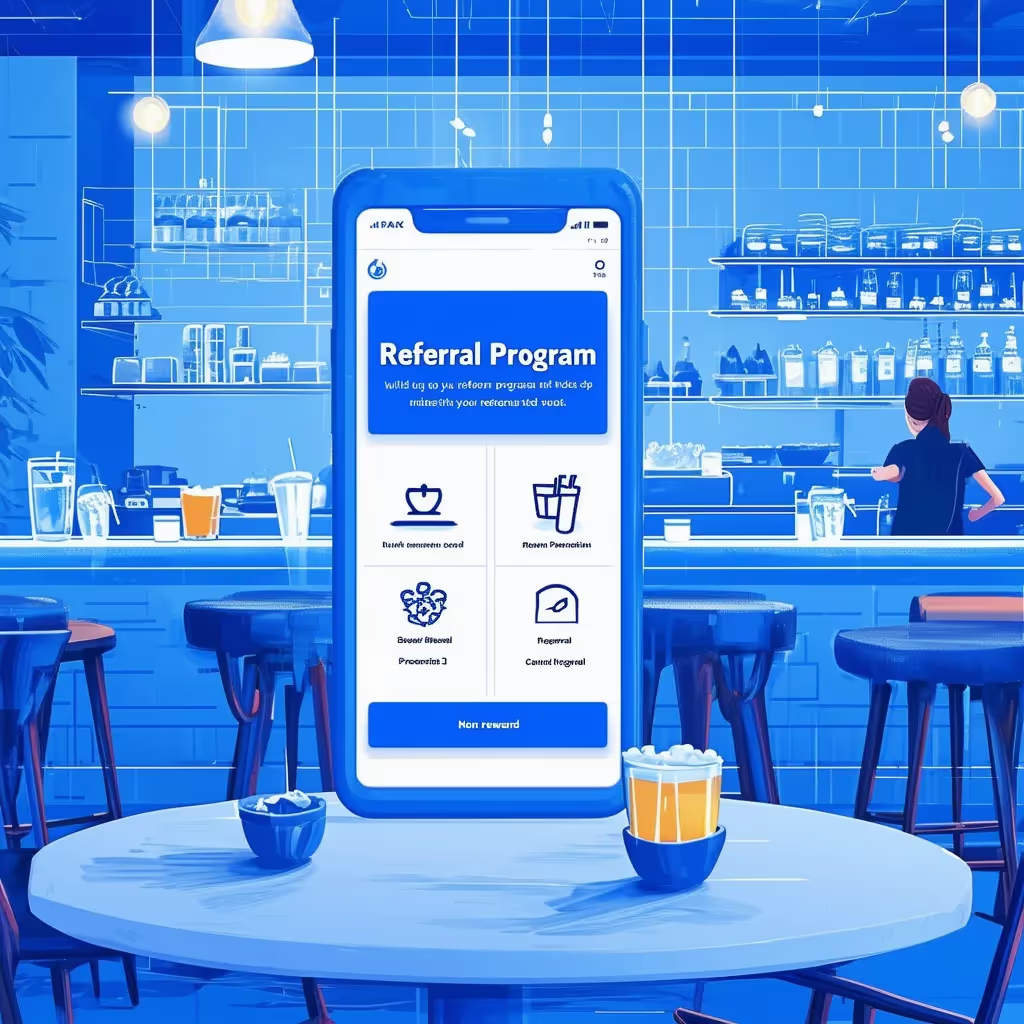


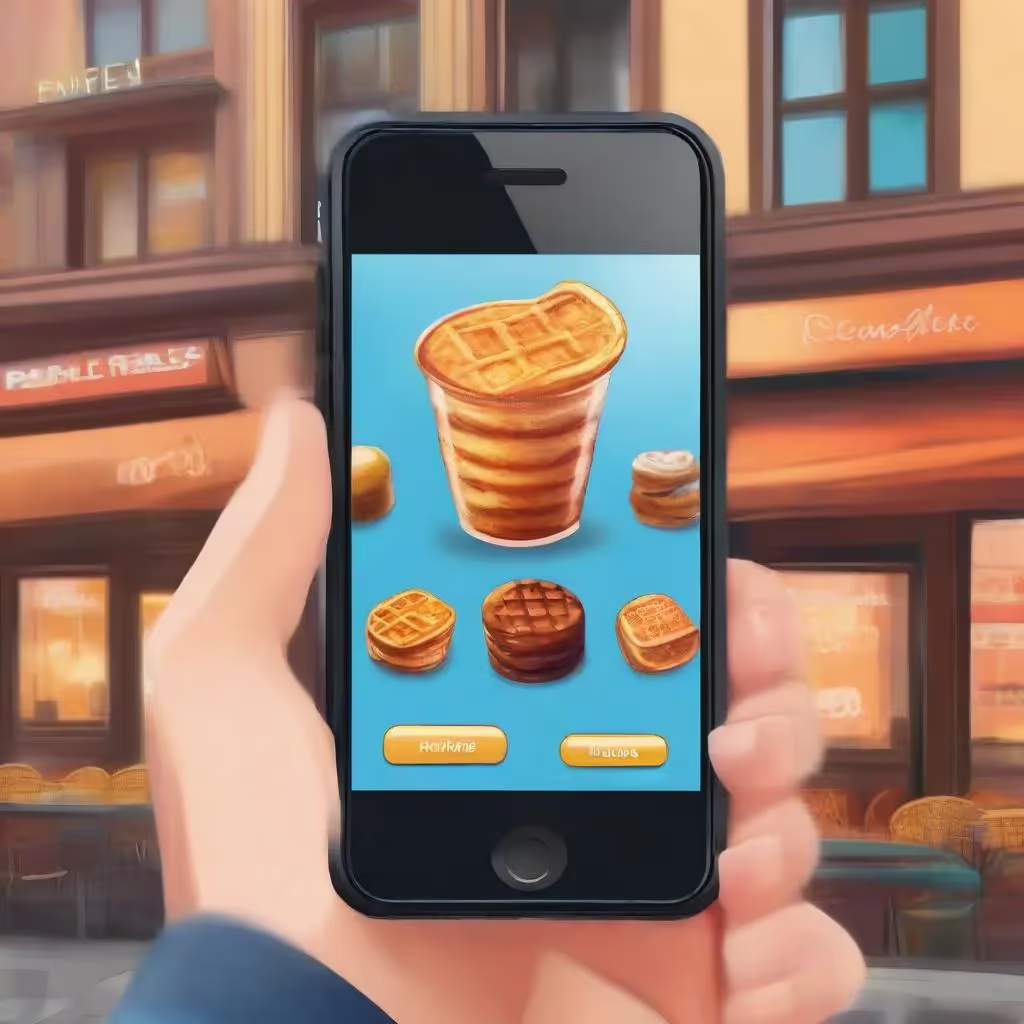


.avif)





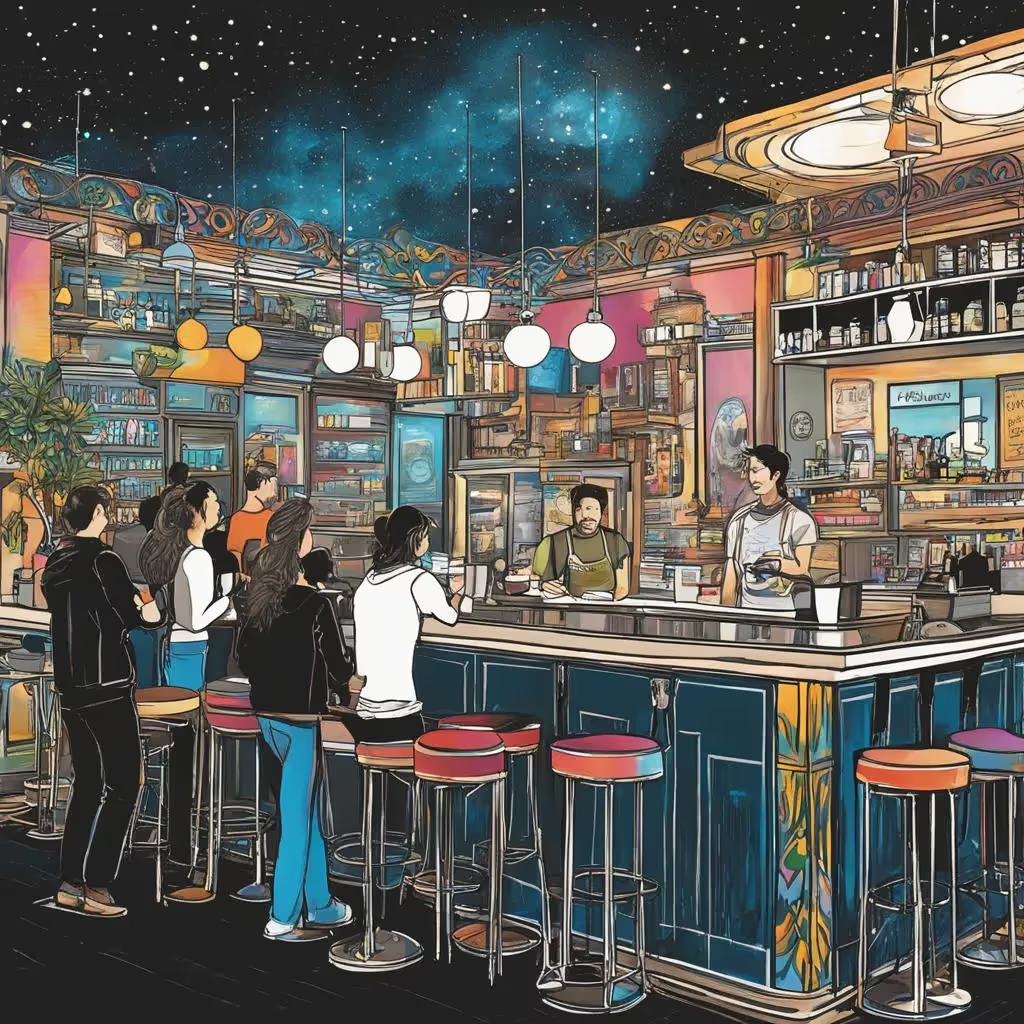


.avif)
